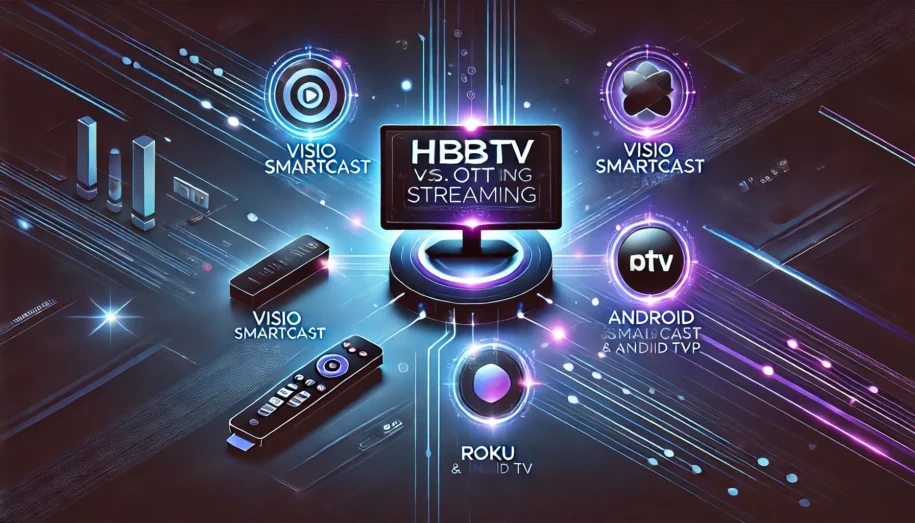HbbTV vs. OTT Streaming: Understanding Compliance for Vizio, Roku, and Android TV Apps
As the streaming landscape continues to evolve, content creators and broadcasters must navigate various compliance standards to ensure seamless content delivery. One major development in the industry is the rise of Hybrid Broadcast Broadband TV (HbbTV), which has now reached over 100 million homes in Europe. But how does HbbTV compare to OTT streaming platforms like Vizio SmartCast, Roku, and Android TV? Understanding the differences can help content providers optimize their distribution strategies effectively.
What is HbbTV?
HbbTV (Hybrid Broadcast Broadband TV) is an open standard that integrates traditional broadcast TV (DVB, ATSC) with broadband-based OTT content. This allows viewers to access interactive services, on-demand content, and advanced TV experiences without switching between multiple platforms.
Key features of HbbTV include:
- Seamless hybrid experience between live TV and OTT content
- Interactive services like catch-up TV, voting, and personalized ads
- Broadcast-linked applications that enhance viewer engagement
- Compliance with European broadcaster regulations
OTT Streaming Compliance: Vizio, Roku, and
Android TV
Unlike HbbTV, OTT streaming platforms such as Vizio SmartCast, Roku, and Android TV operate within closed ecosystems, each with its own compliance requirements. Here’s how they differ:
1. Vizio SmartCast Apps
- Technology: Built with HTML5, JavaScript, and CSS (CE-HTML standard)
- Compliance:
- Requires Vizio SmartCast SDK
- Uses WebKit-based rendering for app development
- DRM Support: Widevine, PlayReady
- Best for: Content providers looking for direct-to-TV web-based streaming
2. Roku Apps
- Technology: Uses BrightScript (Roku’s custom scripting language) and SceneGraph XML
- Compliance:
- Must follow Roku’s certification process for UI/UX, ad integration, and performance
- DRM Support: Widevine, PlayReady, FairPlay
- Best for: Reaching a wide U.S. audience through the Roku Channel Store
3. Android TV Apps
- Technology: Uses Java/Kotlin (Android SDK) or Android NDK (C++)
- Compliance:
- Must adhere to Google Play Store guidelines
- DRM Support: Widevine (Google’s DRM standard)
- Best for: Content creators leveraging Google’s ecosystem for global distribution

Which Platform is Right for Your OTT
Strategy?
For broadcasters targeting European audiences, HbbTV compliance is essential for delivering a hybrid experience that integrates live TV with OTT content. However, for OTT-only content providers, platforms like Vizio SmartCast, Roku, and Android TV offer broader monetization opportunities in the U.S. and global markets.
By understanding these compliance requirements, content creators can optimize their distribution strategies for maximum reach and engagement.
How dotstudioPRO Can Help
At dotstudioPRO, we specialize in OTT video distribution, helping content providers navigate compliance requirements across multiple platforms. Whether you’re expanding into HbbTV markets or launching on Vizio, Roku, or Android TV, our solutions ensure seamless content delivery and monetization.
Ready to scale your OTT strategy?
Contact us today to learn more about our streaming solutions!
